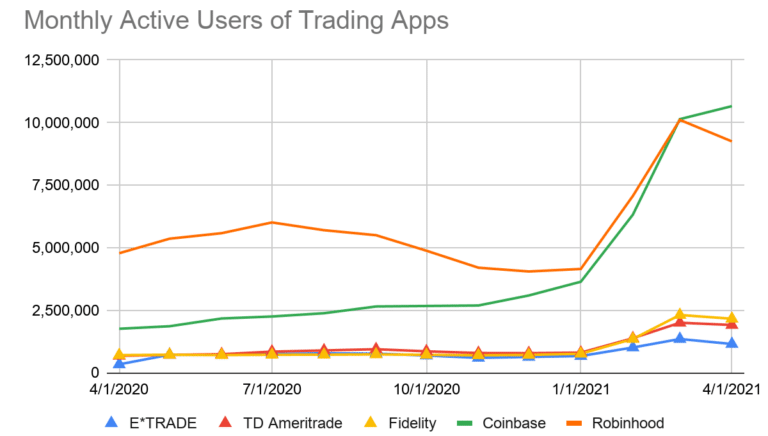For most industries, adopting a mobile focus has been a slow but steady process. Travel is perhaps the textbook example of such an incremental paradigm shift:
- As a first pass, travel brands built mobile responsive sites to facilitate digital booking as travelers turned online for time-incentivized deals.
- Native apps followed, to facilitate a brand-curated, immersive experience aimed at building loyalty and reducing user complexity.
- As usage grew, online check-in and day-of travel support became the norm for hotels and airlines looking for best-in-class personalization, efficiency, and customer satisfaction.
- Now, travelers are starting to see mobile room keys as the standard for their accommodations, with deep customer service features embedded in their native mobile experiences.
That evolution took nearly a decade to date, with disruptive new market entries (and most recently, COVID) driving critical timelines around mobile innovation.
Rarely, however, an industry is born and begins its mobile maturation in a matter of months, with both technical stars aligning with the progressive needs of the end consumer fitting uniquely within the capabilities of a mobile form factor. This exciting oddity is what we are seeing today in the world of crypto-trading.
Cryptocurrencies like Bitcoin, Dogecoin, Etherium, and Tether are a form of digital currency that, unlike government-backed traditional currencies, are untethered to a central authority, functioning off of an ever-evolving blockchain-powered activity log. While critics are quick to highlight the risk factors in trading in these volatile digital assets, the currencies continue to skyrocket in value, creating real world wealth for early adopters and newer traders alike. The scale of this investment payoff is perhaps most indicative of the opportunity size — a single unit Bitcoin that was valued at ~$6,804 on April 1, 2020 was worth ~$59,000 on April 1, 2021. Seen first as a fad for highly aggressive investors, a combination of factors has made them more broadly attractive over the last 18-24 months, including global political instability, wavering trust in governments, rising local inflation, and most relevant to this post, increased accessibility.
With tools like Robinhood, Coinbase, and BlockFi, vetted account holders are able to quickly and easily trade in crypto, and are able to glean knowledge and build their own models and predictions, functioning increasingly like more traditional trading markets.
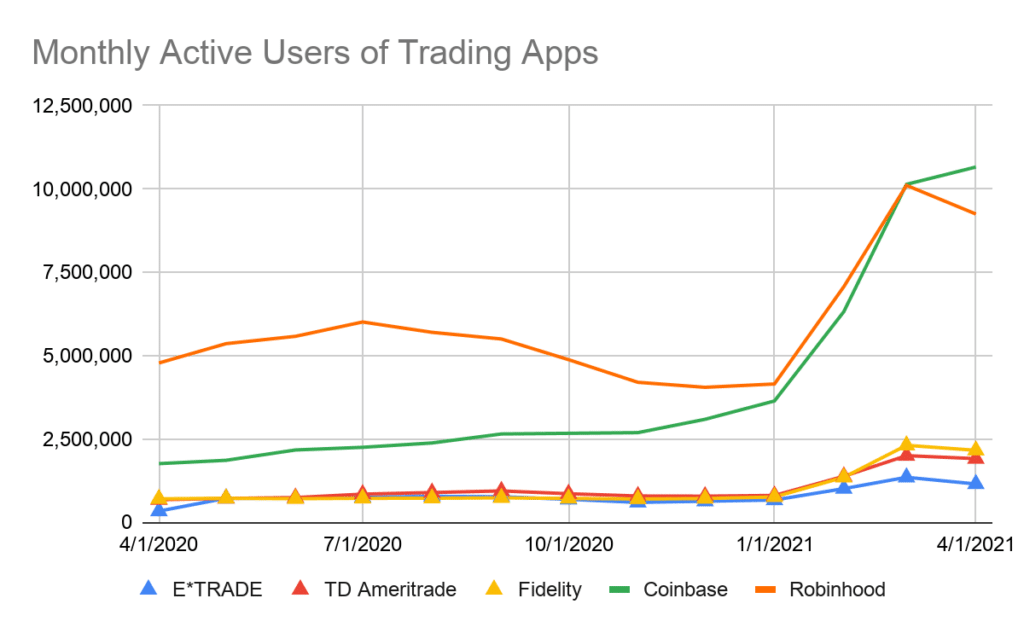
The shocking rise in popularity of cryptocurrencies is clear in a look at user growth for the new apps in comparison to traditional trading apps like E*Trade, TD Ameritrade, and Fidelity. While all trading apps have spiked in recent months, Coinbase and Robinhood have experienced particularly steep mobile growth, despite having less name recognition, smaller user bases and fewer embedded accounts under management as compared to legacy brands. Source: Apptopia
The rapid fluctuation of crypto’s local maximums and technology-inclined skew of core user demographics created a clear fit for a mobile-first industry.
With mobile the driving force for delivering a compelling crypto trading experience, a strong backbone of mobile technology is key for these brands to sustain their growth, foster long-term loyal usage, and continue to build upon early success, powered by three key attributes:
Immediacy
Crypto traders need immediate access to data, and routes to process trade. As such, the paradigm of usage is subtly different for crypto apps than it is for traditional financial apps. While all financial-focussed apps feature a user’s balance front-and-center in some capacity, a simple look at the front pages of apps in each of these categories highlight striking differences in how users expect to approach their investments.
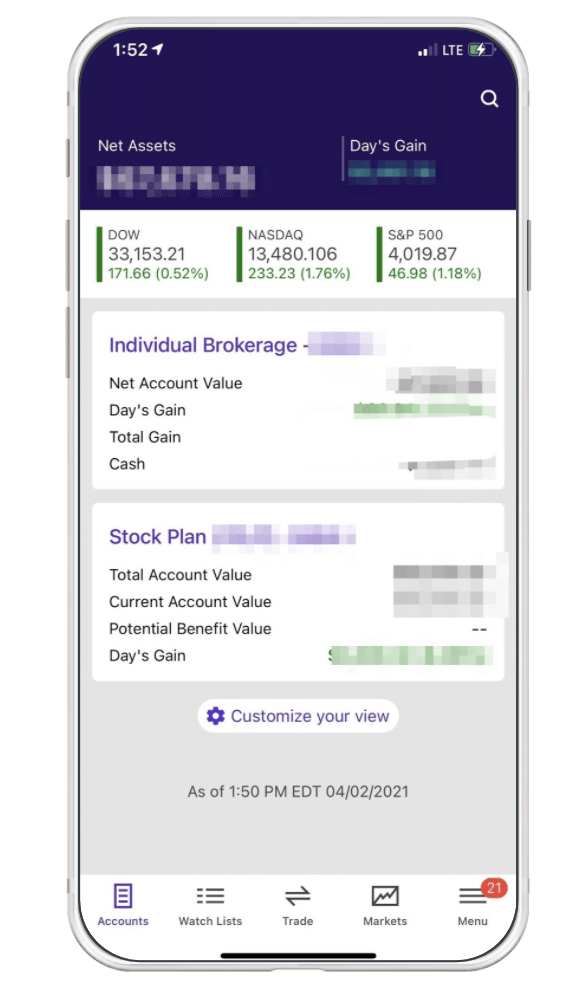
E*Trade’s app is well-built, and offers many deep-level functions but is built for a slower turnaround in trades and investment payoff. The complexity of their offering hinders time to action. While a high-level account summary kicks off the user journey, even a simple trade requires at least 4 more taps.
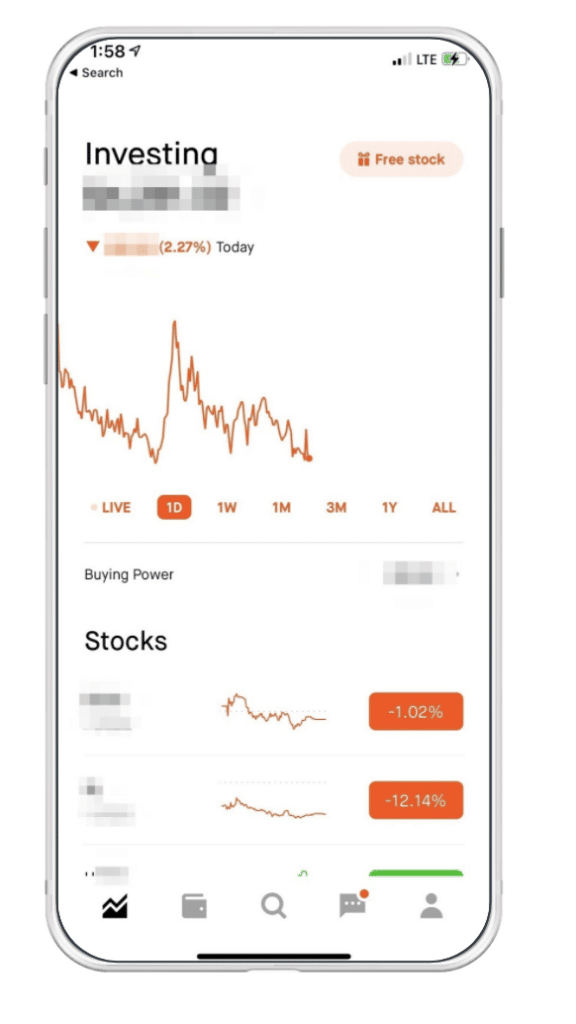
Robinhood, on the other hand, anchors the baseline UI that prioritizes a contextually informative value trend line (daily is the standard, but timeline can be toggled), then provides immediate access to buy shares of top watchlist currencies or stocks (one tap), or to sell anything in the associated portfolio (one tap).
So how does the primal need for immediacy affect Crypto apps’ mobile strategies? By forcing Robinhood and other crypto apps to be nimble, flexible, and always ready to drive usage, no matter how users may flow in. Whether it’s a push notification, an email update (trade confirmation, account update, etc), organic search, paid media, a share between friends, or a referral (a large focus for all of these brands, which we will cover later on), the links must work to ensure seamless user experiences and reduce the chance of user dropoff. Brands that embrace this reality and employ best-in-class cross-channel deep linking deliver on the promise of an always-ready approach to trader engagement.
Habituality
“We have these daily habits. I think whenever you have a daily habit and are providing a lot of value around it, there is an opportunity to not only provide that value to the end user but to create a great business.” – Marissa Meyer
Everyone has a different hierarchy of engagement for their own web of mobile apps. Some wake up and check Instagram, while others check the weather. Some folks listen to podcasts, and others prefer music. Crypto’s constantly shifting value fluctuations (reminder: there are no “trading hours” for crypto currencies) ensure that every currency trader checks their portfolio within the first few moments of waking up.
How do crypto apps cater to this unique but dependable paradigm? By understanding each user’s unique usage preference, and removing any friction that could inhibit the formation of habits, or push their users to potentially explore a competitive platform.
A strong cross-channel measurement strategy focuses not only on paid media acquisition, but also employs a thorough understanding of how each user is interacting with the app, allowing for creation of cohorts, various A/B tests, unique engagement strategies, and unique optimizations on various channels. Apps that leverage an MMP’s embedded tools, including deep level API integrations with ESPs, mobile marketing automation, CDPs, analytics platforms, and advertising partners are best equipped to turn app installs into long-term loyalty and become the trading platform of choice long-term.
Virality
Some of Branch’s earliest customers were in the online dating space. These apps were attracted to Branch’s deferred deep linking solutions, which pass data through the install wall, allowed referral bonuses to be tracked back to a user, and removed friction from the user’s onboarding experience. Crypto apps have been gravitating toward Branch to achieve similar goals.
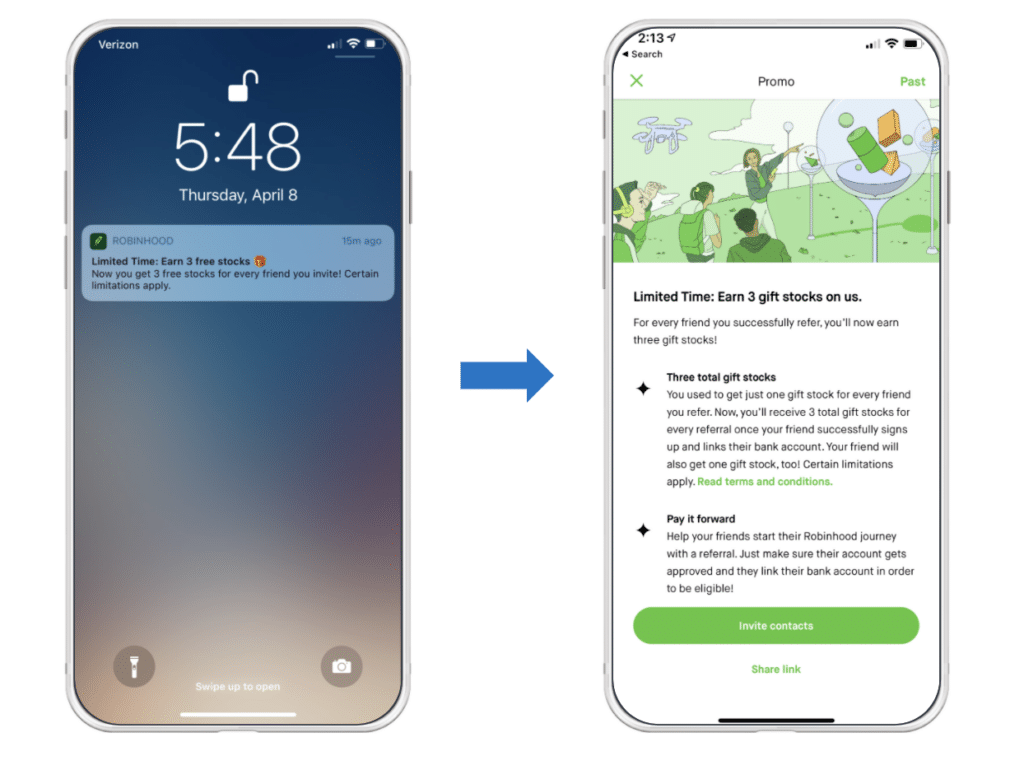
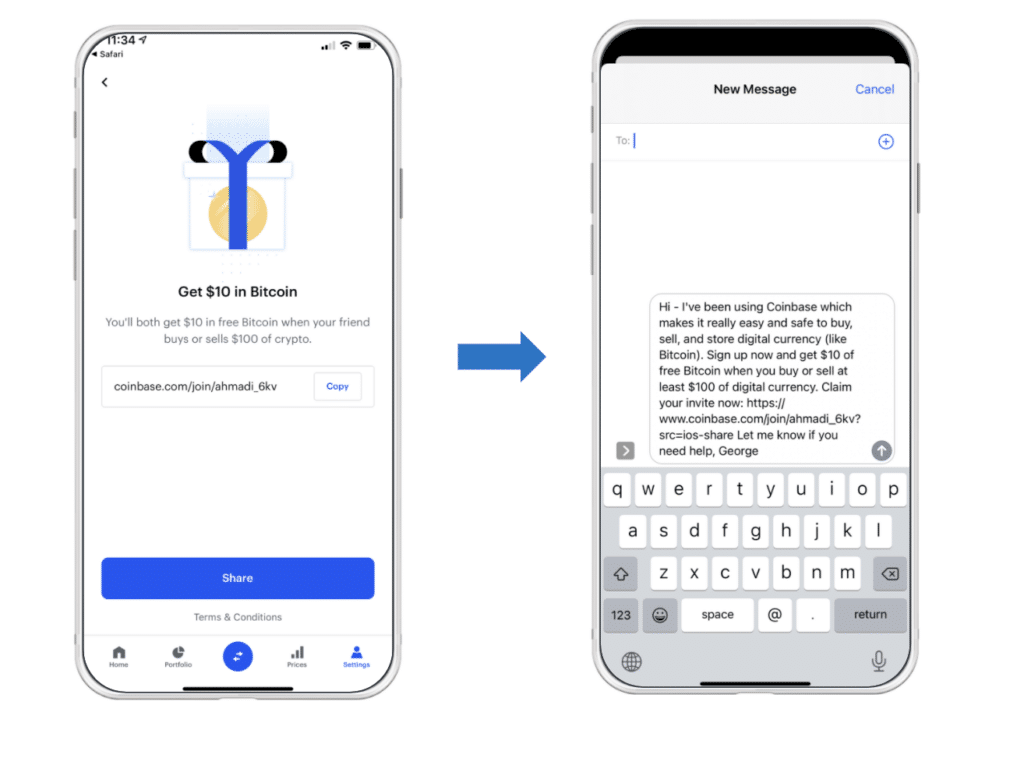
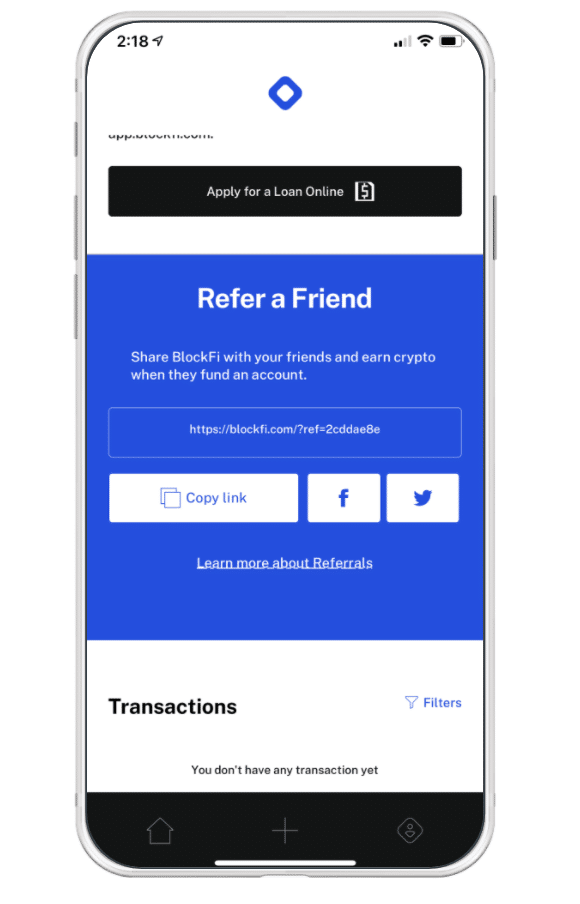
Every single Crypto app we looked at offers a handsome two-way bonus for sharing. Pictured here are the sharing prominent referral calls-to-action for Robinhood, Coinbase, and BlockFi.
The viral nature of sharing current crypto pricing and news makes referrals and sharing a natural user experience flow for crypto apps. MMPs each have solutions for this, and we are seeing this as a first or second most prime use case as Crypto apps explore the Branch platform.
Expectations for the future
Spoiler alert: this market is poised for significantly more growth. With continued instability in global currencies, steep inflation rates on the US dollar expected, and increased acceptance and chatter about cryptocurrencies, we are just scratching the surface of an exciting new market.
Watch for crypto brands to become increasingly personalized and intelligent with their mobile stack, and to double down on ease of use, attribution depth, and cross-channel engagement strategies as more money is pumped into the system.

